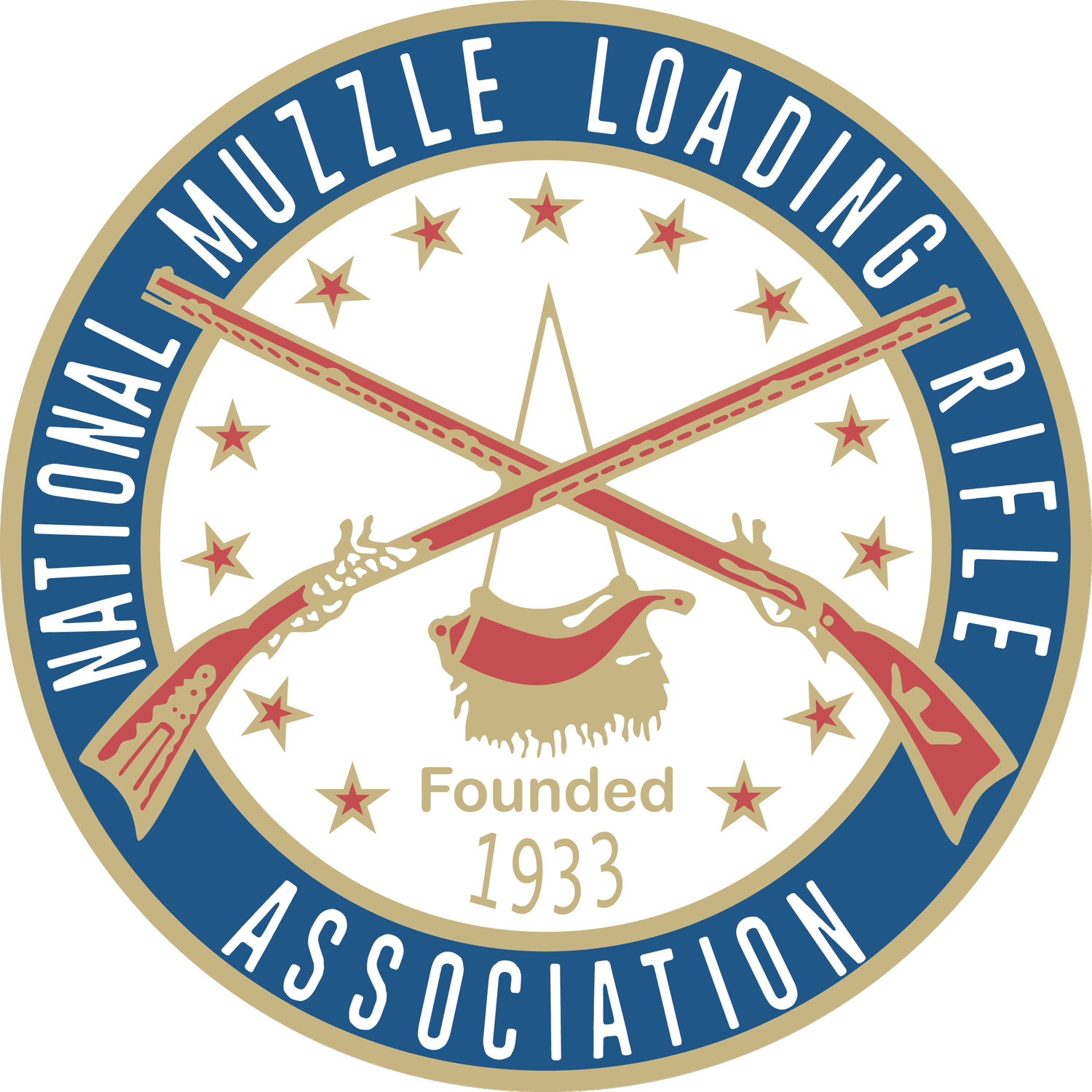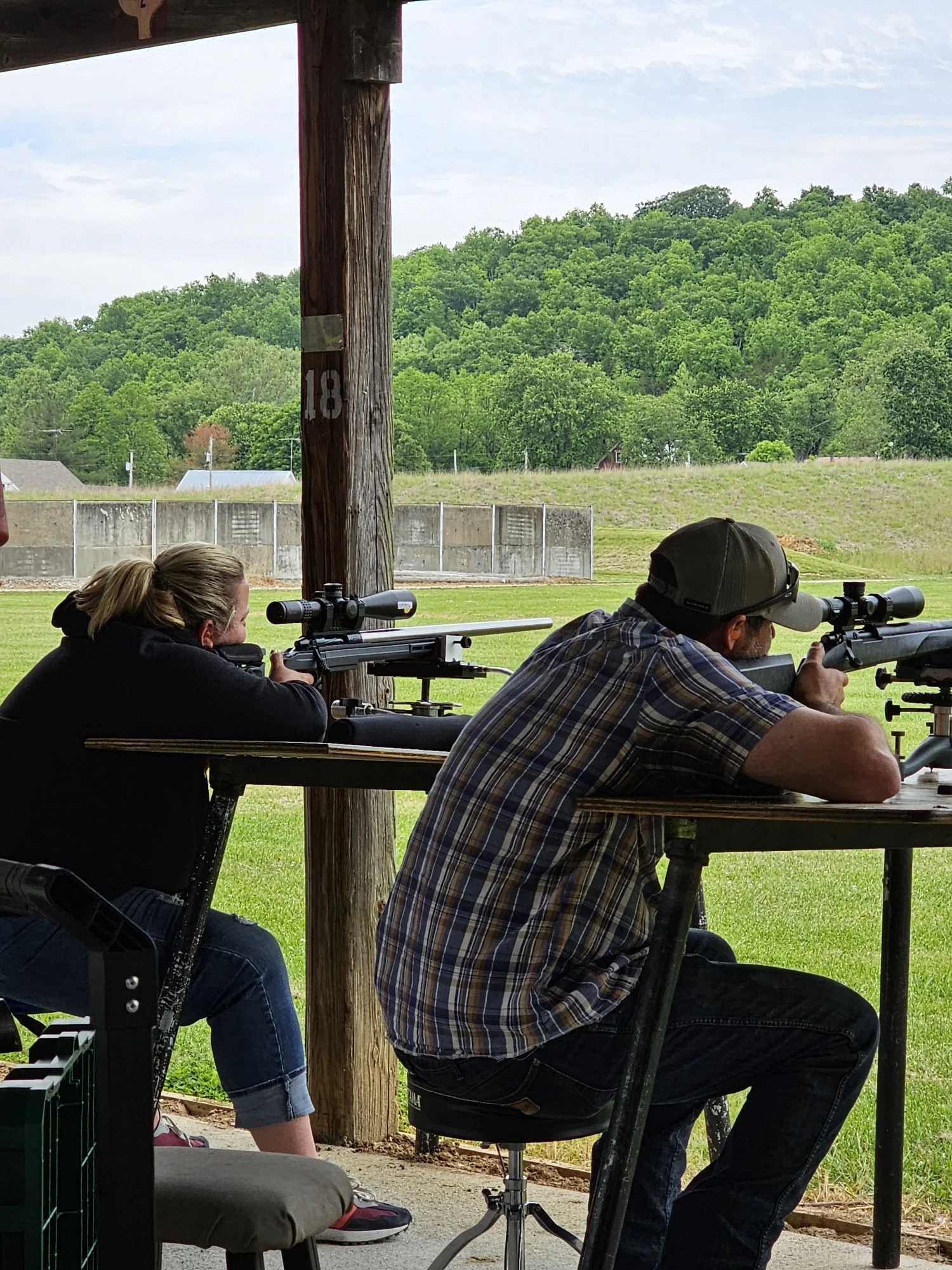So begins an unassuming little book called “The Kentuckians”. The great Janice Holt Giles’ epic tale of a young longhunter’s amazing experiences during the late 1760’s in that vast, totally uninhabited expanse known as “the dark and bloody ground”. Lazy High School student that I was, I chose to read The Kentuckians under odious decree of a compulsory, English class, book report. Drat! My selection of this thoroughly astounding tome, owing mainly to its diminutive and insignificant size. Little did I know… Talk about lightning in a bottle! Hah! Right then and there began my irrepressible zeal for the saga of the longhunter which still holds me in its burly grip yet today.
Once anyone becomes seriously entangled amidst the bona fide history of true, classic longhunting; various intriguing references and allusions to this place called “the Wolf Hills” begin to pop up regularly. Arising from the most inauspicious, trifling parties you seldom ever hear about to the best known and most famous woodsmen of that age: “…Daniel Boone, accompanied by several hunters, visited the Holston and camped the first night in what is now known as Taylor’s Valley. On the succeeding day, they hunted down the South Fork of Holston river and traveled thence to what was known as the Wolf Hills, where they encamped the second night near where Black’s Fort was afterwards built. It is interesting to note at this point that Daniel Boone and his companions, immediately after nightfall, were troubled by the appearance of great numbers of wolves, which assailed their dogs with such fury that it was with great difficulty that the hunters succeeded in repelling their attacks and saving the lives of their dogs, a number of which were killed or badly crippled by the wolves. The wolves had their home in the cave that underlies the town of Abingdon. The entrance to this cave is upon the lot now occupied by the residence of Mr. James L. White.” 2 Yes… Actually, the huge entrance to the infamous Wolf Cave of so much extraordinary, longhunting lore, is now wholly contained within the backyard of a beautiful, Victorian house - located in central, downtown Abingdon!
For no more than were involved in this precarious, wild and woolly vocation; the Wolf Hills became a rather well known,
far-western landmark of its time. A sort of gathering point if you will, for longhunters headed west. Practically speaking, the stalwart pre-Revolutionary War era frontiersmen who took part in these lengthy, deepwoods ventures would in fact originate from all over the southern
and mid-Atlantic colonies. Renowned longhunting leader, Isaac Lindsay was from the
tiny settlement of Newbury in western South Carolina while his older brother, Thomas Lindsay lived in Pennsylvania. The illustrious James Harrod (an important longhunter in his own right) hailed from southern Pennsylvania as well. James Knox and Henry Skaggs were both from Virginia whereas the previously mentioned, larger-than-life, Daniel Boone owned a farm in the Yadkin Valley of North Carolina. Usually rallying… joining forces under the guidance and direction of one or two experienced, highly competent men who would serve as a Captain of sorts. (And by the term “Captain”, I use that in its most vague and innocuous connotation.) The Wolf Hills of southwestern Virginia served as something of a pre-appointed, “meeting up” place where groups of professional hunters bound for the fabled, Can-tu-kee would assemble and mobilize in preparation to their impending departure.
Having no specifically appointed date, some might get there many days in advance, setting up their camp and waiting for their friends. Some might arrive shortly before - some arriving just in time to head out – with others not infrequently arriving a tad late and having
to track the company down just to catch up. The most common collection period being late spring, like May
or June, however companies of longhunters could find themselves encamped and lingering at the Wolf Hills in any month, during any season. . A general, basic date would be communicated amongst everyone connected with a particular longhunt, to present themselves there at the Wolf Hills with all the intended participants made aware of it. Typically, a comfortable amount of time would be allowed for each man to fully arm and equip himself, in addition to furnishing all the necessaries. This might encompass two or three pack horses plus his own mount, tack, powder, bar lead, trail gear, salt, a blanket or two, along with anything else he might think of: i.e. mittens, a mending box, spare flints, fishing kit, basic blacksmithing tools, etc. These obligatory essentials together with enough jerk, parched corn, coffee and sugar as he might see fit… At least enough to last until he finds himself surrounded by the unbroken forest and is able to hunt for victuals with his trusty firelock.
All this acquired, organized, packed up - and he’s ready to head out. Now repeated selection and usage of the Wolf Hills vicinity didn’t just happen by accident. All these groups of highly experienced woodsmen weren’t just stomping around in the wilderness and suddenly decided “hey, let’s set us up a camp and wait for everbody right here”. No, no. Merely arriving at this crucial place meant you’d already done your homework, received an invite, knew what you were doing and you had some pretty big plans. The Wolf Hills (as a point of embarkation) was in fact, quite strategically located upon what had been recognized from
pre-Colombian times as the old, Warriors Path. A main artery penetrating into the uncharted, unknown, colonial far-west with its major branches extending all the way out to the Mississippi as well as northward into the eastern Great Lakes. This thought-provoking moniker was in due course changed and the ancient trail itself significantly modified during the longhunting era to become “The Hunters’ Trace”. An untrustworthy, bewildering passageway beginning in earnest from Staunton, Virginia; drifting through Cumberland Gap and ultimately reaching its western terminus way out in modern-day, south-central Kentucky and further on into the French Lick region of Middle Tennessee.
Once through Cumberland Gap the tremendous amounts of game became incredible. Moving from one area to another in four week to six month intervals; semi-permanent, working/living sites better known as “station camps”; centrally established within game-rich hotspots possessing curious names like Wasioto Pass, Stinking Creek, Raccoon Springs, Skin House Branch, Knob Licks, Big South Fork and the Barrens would serve as these longhunters’ various and sundry, homes-away-from-home… Any given company sustaining this rootless, nomadic lifestyle most often for a grand total of anywhere from one to two and a half years. Common procedure was for hunters to radiate out from those temporary station camps in all directions – north, south, east and west. Either by themselves or in little groups of two or three for a period of roughly, ten days to nearly three weeks. Due to the sheer numbers of hides and furs, game would be skinned on site and brought back to the station camp for half-dressing, then stored away in large hide houses to await their eventual transportation back over the mountains to the trading posts. This comprised the everyday business of the longhunter: Roam the Hunters’ Trace into the west. Establish station camps here and there. Kill/process game. Take it all back east - and reap your new-found wealth. Notwithstanding… Right here, in the Wolf Hills of Virginia. Just a stone’s throw east of Moccasin Gap - is where the game was initially set in motion.
A fleeting handful of years and the grand adventures passed on by with southwestern Virginia becoming increasingly more populated... By degrees, more civilized and conspicuously developed. Homesteads, towns, stockades springing up here and there. The days of an unsettled, wild and unbroken Virginia frontier were slowly turning into timeworn, half-forgotten memories. Our youthful, vibrant nation had determined to improve and cultivate the west. Longhunting was on the wane and a different kind of frontier was emerging: “Soon after the arrival of Mr. Robertson on the Watauga (1772)… it became settled from the Wolf Hills, where Abingdon, in Virginia, now is, to Carter’s Valley.” 3 Alas (as with everything else in the course of history) the Wolf Hills, longhunting and indeed, the longhunter himself shortly thereafter, slipped away; almost imperceptibly fading off into obscurity. But not the wolf! Distinguished Revolutionary War era, Virginia/Kentucky frontiersman, William Clinkenbeard laments: “The wolves used to come and take the pigs and things close up around the Station...”4 (I’ll bet they did.) Virginia would be a while yet shaking off her wolf population. Not unlike the vanishing longhunter during his brief heyday… hunting was in their blood. They knew nothing else. If the situation wasn’t working where they were, if problems developed, if the game played out – they’d simply adjust or otherwise drift off entirely, to another “canine” station camp.
The Wolf Hills might be lost… a thing of the past but this to the wolves was only a minor, inconsequential setback. The wolves would never yield. They weren’t created to yield. In the midst of unendurably hard times, they merely repositioned themselves; while simultaneously adapting and redefining their tactics for survival with regard to these strange, dangerous, highly sophisticated, human predators. Avoid them when they had to; eat them when they could… Food is where you find it ya know – either at home or on the trail.
Traveling westward into Kentucky with his family and a small group of settlers, late eighteenth century pioneer John Hedge tells us: “Wolves came around the wagons again. They were mighty bad in them days in Kentucky, on young cattle, horses and calves.”5 Cattle and horses, huh? Consider yourselves lucky! Guess they figured if the loathsome humans drove them off, at least they could supply ‘em with a cow or a horse every now and then… Got to do what ya got ta do, right? And pretty much nobody cares about the wolves but the wolves.
Well… Wolves are long gone now. From around these parts anyways. Virginia, North Carolina, Tennessee, Kentucky and all through the Ohio Valley. Just like the longhunter - gone. You gotta admit though, they put up
a darned good fight. Word is they still have a few wolves way out in the modern-day west. A very few… But from what I hear, most people out there (farmers, ranchers and such) don’t particularly like ‘em and their days (similar to their eighteenth century cousins), sound ominously numbered. Being a carefree rambler, a roving, habitual wanderer and an unapologetic hunter myself, I’ve always sort of identified with wolves. My path through the
forest is my own. Imperfect, unexceptional no doubt, but mine nonetheless. I chase my tail, howl at the moon and drift with the wind, as my instincts decree. Yet my hunting grounds dwindle and in many places I’m no longer welcome. That wild, uninhibited, wide-open deepwoods lifestyle I’ve grown to love is increasingly becoming harder and harder to attain. Reputable, historically legitimate longhunters of today are hard pressed as well, to find even the ever-
receding scraps of it. Still we continue to roam, prowl, dream, hope against hope; hunt where/when we can. And then we move on... Sometimes I think, in my last life – I was born a wolf.
John Curry
References:
1 Giles, Janice Holt, The Kentuckians, p. 2.
2 Summers, Lewis Preston, Southwest Virginia, 1746- 1786, p.76.
3 Haywood, John, Civil and Political History of the State of Tennessee, p. 55.
4 John D. Shane’s interview with William Clinkenbeard, Filson Club Quarterly, Vol. 2, No. 3, April 1928, p.105.
5 John D. Shane’s interview with John Hedge, Filson Club Quarterly, Vol. 14, No. 3, July 1940, p.181.


























